January 13, 2017
Major corporate real estate occupiers struggle to balance cost cutting with strategic goals 0
 Although the world’s major corporate real estate occupiers retain a focus on managing the costs of their workplace when it comes to making the big decisions, there is a growing emphasis on offsetting this against issues such as staff recruitment and retention. That is the key finding of a new report from Cushman & Wakefield into the priorities and decision making of large corporate occupiers. It claims that firms are now far more focused on striking the right balance between goals that are often in direct opposition to one another. The study, produced in partnership with CoreNet Global, was based on interviews with 266 occupiers, three quarters of whom have more than 25 offices worldwide. The survey examined not only how location and workplace strategy are viewed as corporate value drivers, but also CRE’s alignment with business strategy.
Although the world’s major corporate real estate occupiers retain a focus on managing the costs of their workplace when it comes to making the big decisions, there is a growing emphasis on offsetting this against issues such as staff recruitment and retention. That is the key finding of a new report from Cushman & Wakefield into the priorities and decision making of large corporate occupiers. It claims that firms are now far more focused on striking the right balance between goals that are often in direct opposition to one another. The study, produced in partnership with CoreNet Global, was based on interviews with 266 occupiers, three quarters of whom have more than 25 offices worldwide. The survey examined not only how location and workplace strategy are viewed as corporate value drivers, but also CRE’s alignment with business strategy.








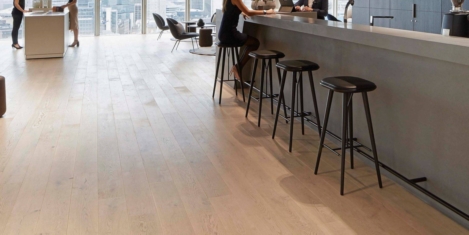
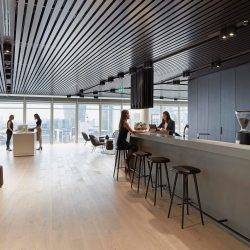
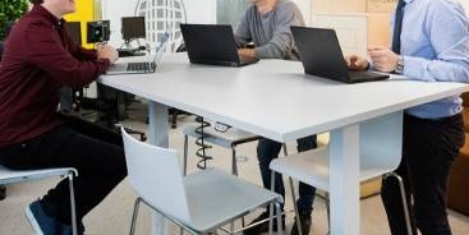
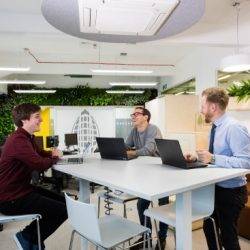

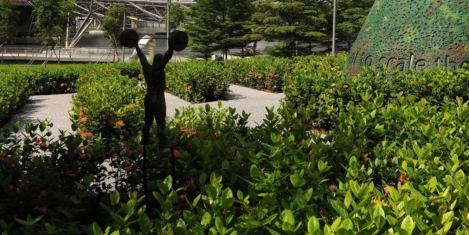
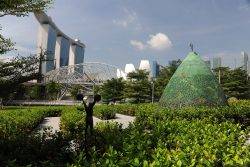
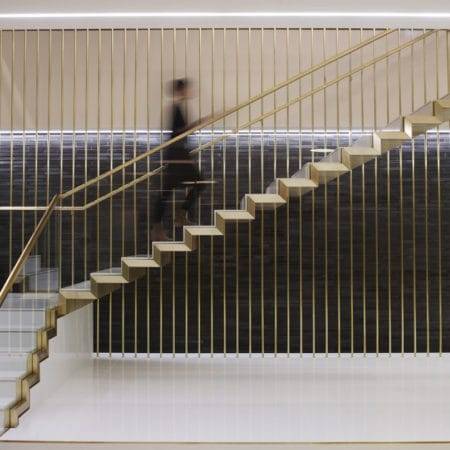
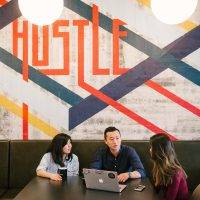



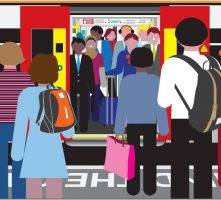









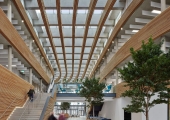
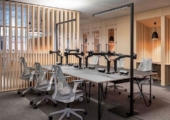


October 24, 2016
How and why employee fitness became part of the corporate agenda 0
by Michael Page • Comment, Wellbeing, Workplace design
More →